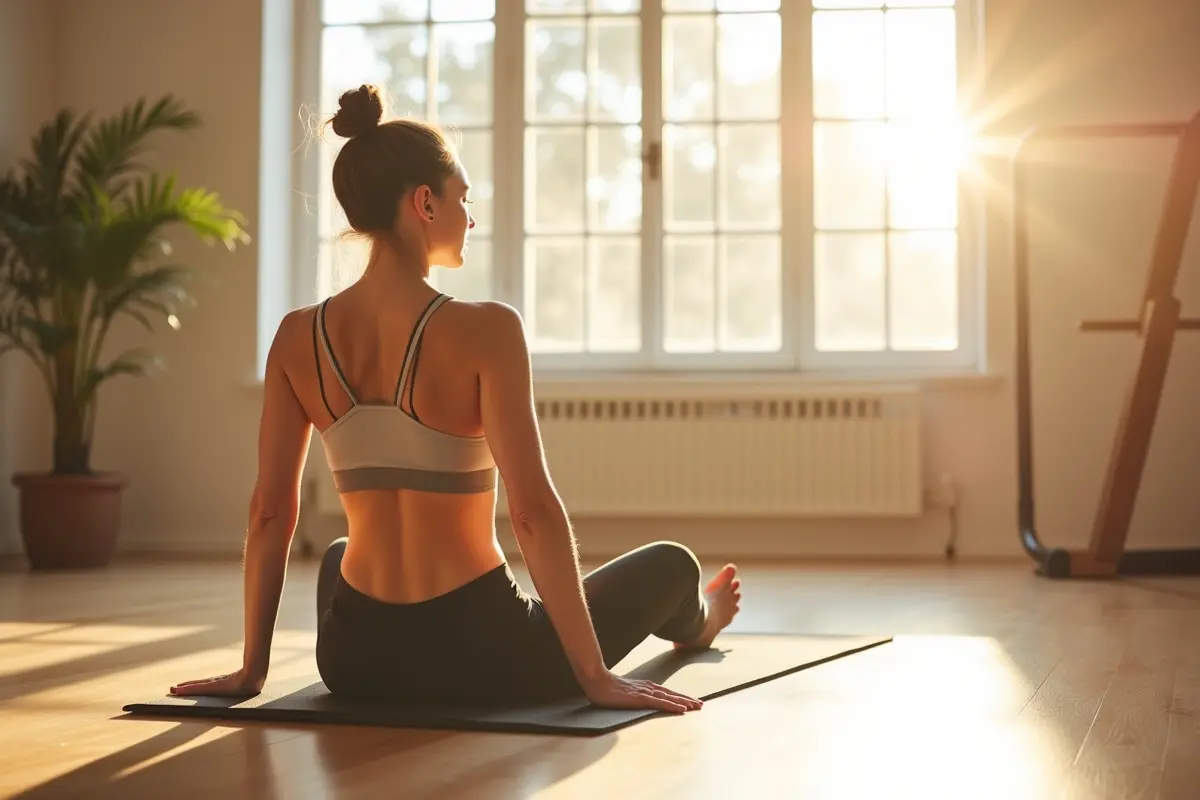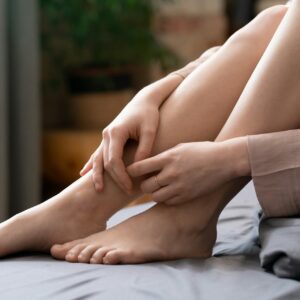Ever heard someone say they feel “centered” after a workout? That’s not just some weird thing fitness people say. It’s actually something real that happens when your body and brain feel in sync—and Pilates is one of the best ways to get there.
This isn’t just another exercise trend. Pilates has been around for over 100 years, and people all over the world swear by it. It’s not about lifting heavy or running miles. It’s about small, steady movements that help every part of you work together better. Think of it as training for your muscles and your brain at the same time.
Contents
- 1 So, What Is Pilates Anyway?
- 2 Why It Feels So Different from Other Workouts
- 3 Pilates and Your Mind: More Than Just Movement
- 4 Injuries, Posture, and Feeling Better Overall
- 5 It’s For Every Body, Not Just “Fit” People
- 6 What to Expect from Your First Class
- 7 Why It’s Worth Sticking With
- 8 The Big Takeaway
So, What Is Pilates Anyway?
Pilates is a type of low-impact exercise. It focuses on building strength, flexibility, and balance—mostly by working your core (that’s your stomach, back, and hips). But even though the moves might look easy, they can be surprisingly powerful. It’s not about how fast you move, but how well you move.
Most Pilates workouts are done on a mat or using special gear like a reformer (which looks a bit like a moving bed). But honestly, all you really need is space to lie down and a little patience.
It was created by a guy named Joseph Pilates during World War I. He believed that the mind and body should work as a team. He helped injured soldiers recover by guiding them through gentle movements that built strength without causing more pain. That’s the cool part—Pilates was made for healing, not showing off.
Why It Feels So Different from Other Workouts
Ever walked out of a gym drenched in sweat, sore, and barely able to move? That doesn’t always mean it was a good workout. Pilates works differently. After class, muscles feel stretched, not smashed. Breathing feels easier. And the body feels taller and lighter, not heavy and worn out.
That’s because every move in Pilates focuses on control. You’re not just flinging your legs around or doing crunches until your abs burn. You’re paying attention. You’re breathing in a certain way. You’re using small muscles most workouts ignore. Over time, that adds up to a body that feels stronger and more balanced without all the strain.
For anyone curious about starting, finding well-taught pilates classes can make a big difference. Good instructors help you learn how to move safely, build your core the right way, and actually enjoy the process—even if it feels slow at first.
Pilates and Your Mind: More Than Just Movement
Here’s something not everyone knows: Pilates can help with more than just muscles. Because it focuses so much on breathing and attention, it also calms your mind. It’s kind of like moving meditation. You’re not thinking about your phone, your homework, or what’s for dinner. You’re just focusing on what your body’s doing right now.
Studies even show that regular Pilates can lower stress, improve sleep, and help people feel less anxious. When breathing gets slow and deep, the heart rate drops. Muscles relax. Thoughts clear up. It’s no surprise people say they feel more “present” after class.
For teens and kids, especially, this can be huge. School, sports, social stuff—it all adds up. Having something that teaches calm, focus, and strength at the same time? That’s a win.
Injuries, Posture, and Feeling Better Overall
A lot of people start Pilates because they’re tired of pain. Not big, scary pain—just the usual kind that shows up from sitting too long, standing weird, or slouching in front of a screen.
That’s where Pilates shines. It doesn’t just treat symptoms. It goes to the source. Weak core? Tight hips? Stiff shoulders? All of those can mess up your posture and make your body feel off. Pilates helps by building strength in the small muscles around your joints and spine. This makes movement smoother and more natural.
Athletes use it to avoid injuries. Dancers swear by it to stay flexible. Older adults use it to move with less pain. And yes, even kids and teens can benefit—especially during growth spurts when their bodies feel all over the place.
It’s For Every Body, Not Just “Fit” People
One of the coolest things about Pilates is that it doesn’t care how strong, flexible, or experienced you are. Every move can be adjusted. That means someone who’s never worked out before can do the same class as someone who’s super active—just with smaller movements or fewer reps.
And it’s not a competition. There’s no race to see who can go the fastest or stretch the furthest. Pilates teaches people to listen to their body. Some days feel strong. Others don’t. Both are fine. What matters is staying consistent and giving your body what it needs.
What to Expect from Your First Class
First time doing Pilates? Expect to feel muscles you didn’t even know existed. Seriously. The moves might seem easy, but they sneak up on you.
You’ll spend a lot of time lying down or sitting. You’ll breathe deeply—in through the nose, out through the mouth. You’ll move slowly and with control. And by the end of class, you might feel a little sore, but also stretched and calm.
After a few sessions, the changes become clearer. Posture improves. The body feels steadier. Movements during sports or dance feel sharper. Even simple things, like walking up stairs or sitting at a desk, feel easier.
Why It’s Worth Sticking With
Pilates isn’t a quick fix. It takes time. But it works. It helps people stand taller, move better, and feel stronger from the inside out. And unlike some workouts that leave you exhausted or hurt, Pilates leaves you energized.
It doesn’t matter if someone’s super sporty or just wants to feel less stiff. This is the kind of practice that meets people where they are. And as long as the habit sticks, the benefits keep showing up.
The Big Takeaway
Pilates may not look wild or intense, but that’s kind of the point. It’s simple, slow, and focused—and that’s what makes it powerful. It helps your body get stronger, your mind feel calmer, and your movements become smoother.
So if everything feels a bit too fast, or the body just needs something new, Pilates might be the answer. Just breathe, stretch, and move—one small step at a time.





